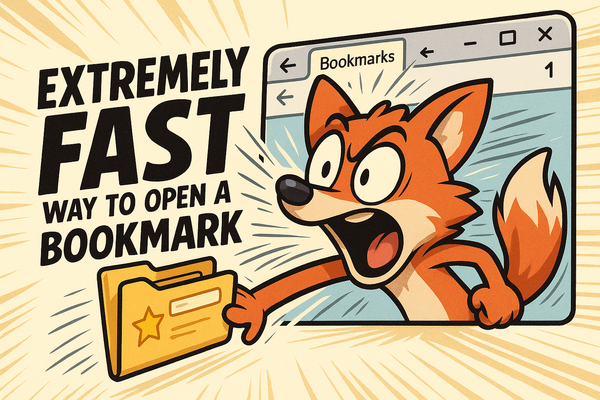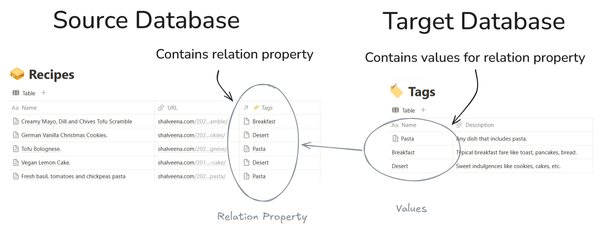Strapi 2020 Quick Review

I have recently reviewed KeystoneJS for a little project I am planning. I found it overall quite good but lacking in a few aspects, particularly in the way migrations are handled (or not handled). After some research, it seems that Strapi could be a possible alternative to KeystoneJS and so I decided to give this solution a quick review as well.
As I've done for KeystoneJS, I will first go through a little example and then conclude with my thoughts.
Getting Started
I started the project by simply applying yarn create:
yarn create strapi-app strapi --quickstart
Since Strapi uses Sqlite for local development, the Strapi server is ready to go after running this command (no database connection configuration is required). I then logged into the administration console and created an admin user and password.
I then went into the Content Type Builder and created a two types/tables. Quote that holds an author and a quote and Tag that holds tag names.
Content Type Builder
Creating these was really straightforward and simple. In the background, Strapi created matching definitions for these in the project directory api/:
api/quote/models/quote.settings.json
{
"connection": "default",
"collectionName": "quotes",
"info": {
"name": "Quote"
},
"options": {
"increments": true,
"timestamps": true
},
"attributes": {
"Author": {
"type": "string"
},
"tags": {
"collection": "tag"
},
"Quote": {
"type": "string"
}
}
}
api/tag/models/tag.settings.json
{
"connection": "default",
"collectionName": "tags",
"info": {
"name": "Tag"
},
"options": {
"increments": true,
"timestamps": true
},
"attributes": {
"Name": {
"type": "string",
"required": true,
"unique": true
}
}
}
The schema defined in these JSON files is dynamically translated into operations modifying the schema of the database Strapi is connected to. Upon deployment to a production system, Strapi will create correct schemas in the attached production database; e.g. for MongoDB or Postgres (see Running Strapi in production and version control sync, Create db schema from models).
I then installed the Graphql plugin. For me, this did not work through the admin web interface (it would just get stuck).

Strapi getting stuck after trying to install GraphQL plugin
I needed to run yarn again after this to fix the project. However, installing using the strapi cli worked without problems:
yarn strapi install graphql
Next I went to the Roles & Permissions plugin to configure public access to the endpoints generated from models:
Setting Permissions in Strapi
It must be noted here that permission settings are not reflected in the source code of the Strapi project. Therefore they are not versioned and cannot easily be deployed to testing and production environments (see #672 Permissions flow between environments)
After the permissions have been set, it is very easy to query the GraphQL API:

GraphQL query against API
I finally developed a little Next.js application that queries the GraphQL API exposed by Strapi. This as simple as hooking up an Apollo Client with the endpoint exposed by Strapi.
const client = new ApolloClient({
uri: 'http://localhost:1337/graphql',
});
Which then makes it very easy to write dynamic pages with React:
import { useQuery } from '@apollo/react-hooks';
import { gql } from "apollo-boost";
const QUOTES = gql`
{
quotes {
id
Author
}
}
`;
const QuoteList: any = () => {
const { loading, error, data } = useQuery(QUOTES);
if (error) return "Error loading quotes";
if (loading) return "Loading ...";
const { quotes } = data;
return <ul>{
quotes.map(({ Author, id }) => {
return <li>{Author}</li>;
})
}
</ul>
};
export default QuoteList;
Next.js app powered by Stapi Backend
All code I've developed for this example is available on GitHub:
https://github.com/mxro/strapi-playground
Quick Review
Based on my experiences building the simple example above and studies of the documentation, my initial impressions of Strapi are:
- I was very impressed with the speed of development using Strapi. I especially liked the Content Type Builder to quickly design the schema for the data.
- Strapi provides both a very powerful Restful and GraphQL API for the defined data.
- In contrast to KeystoneJS, database migrations are handled seamlessly.
- Strapi feels still a bit rough around the edges, for instance some plugins lack proper descriptions and it crashed on me when trying to install the GraphQL plugin. I probably wouldn't feel comfortable rolling it out for a mission critical production system.
- For some reason, permissions are not migrated between environments, they are only stored in the database of the local system. I believe this can make deploying Strapi quite painful.
Overall, I think Strapi is a great technology, and so far it appears the best fit for the small project I am planning. I am especially impressed by the 'no code' approach to define the data models.
See also:


